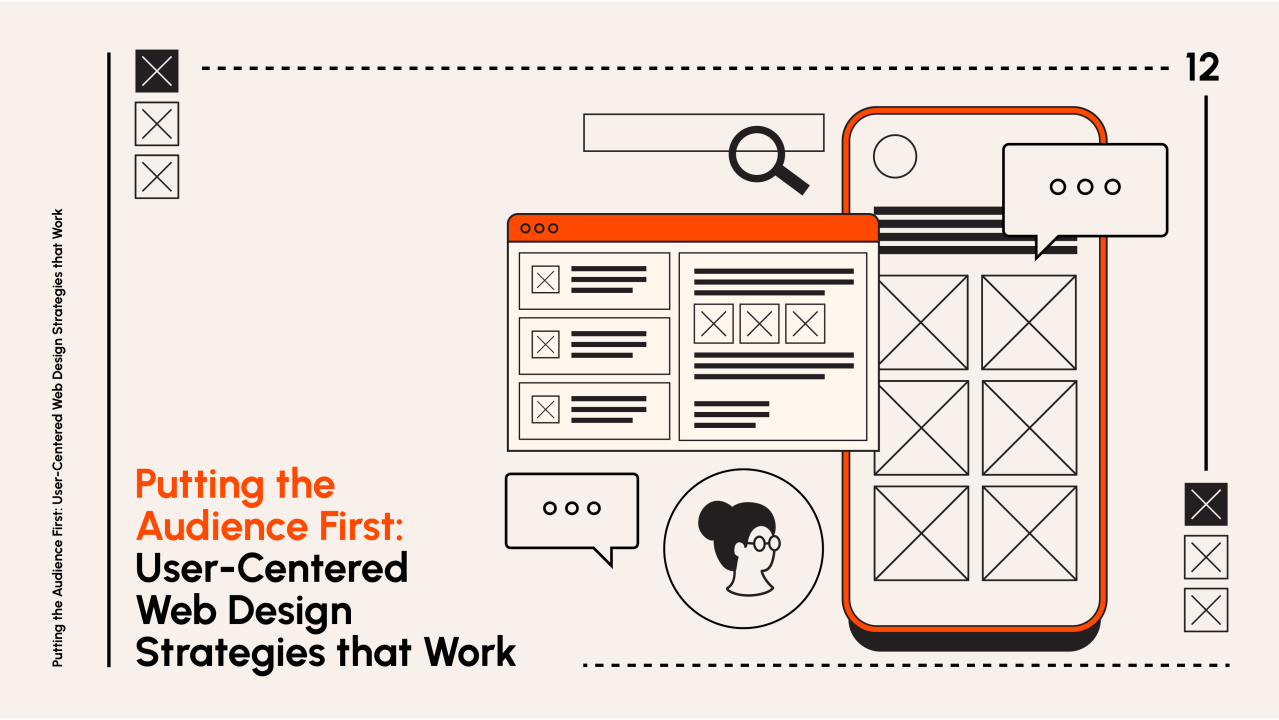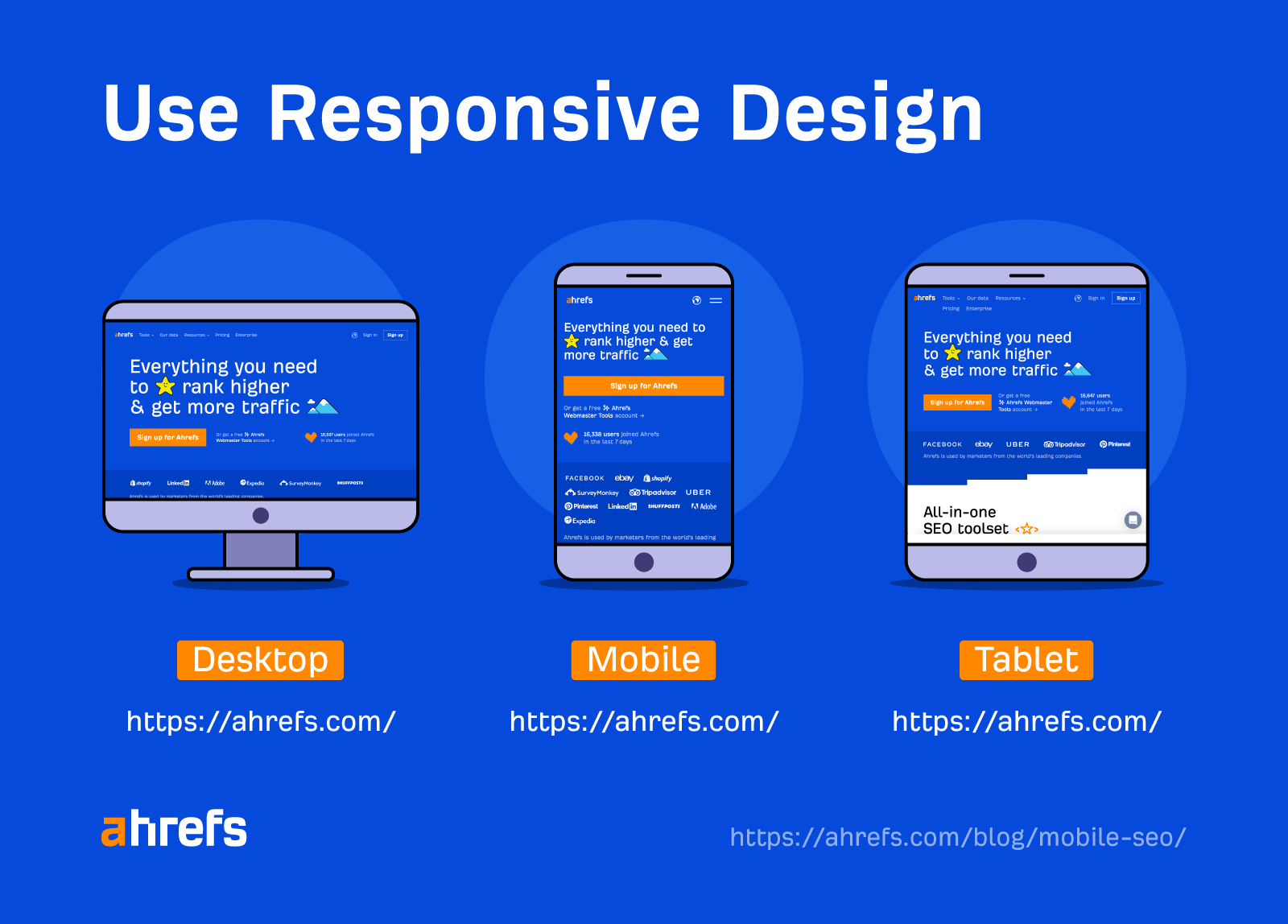In today’s digital landscape, a website is often the first interaction a potential customer has with a brand. Therefore, it’s crucial for businesses to make a lasting first impression. One of the most effective ways to ensure that visitors stay, explore, and convert is through user-centric web design. Here’s why focusing on the user experience (UX) can significantly boost your conversion rates.Lorem ipsum dolor sit amet, consectetur adipiscing elit. Ut elit tellus, luctus nec ullamcorper mattis, pulvinar dapibus leo.
Understanding User Behavior Leads to Better Design
In today’s digital landscape, a website is often the first interaction a potential customer has with a brand. Therefore, it’s crucial for businesses to make a lasting first impression. One of the most effective ways to ensure that visitors stay, explore, and convert is through user-centric web design. Here’s why focusing on the user experience (UX) can significantly boost your conversion rates.Lorem ipsum dolor sit amet, consectetur adipiscing elit. Ut elit tellus, luctus nec ullamcorper mattis, pulvinar dapibus leo.
Improved Navigation Increases Engagement
A website that’s easy to navigate will keep visitors engaged and reduce bounce rates. A clear and logical navigation structure helps users find information quickly without frustration. This smooth experience encourages them to explore more of what you offer, increasing the chances that they will complete a call-to-action, whether it’s making a purchase, signing up for a newsletter, or contacting your team.
Faster Load Times Boost Conversions
One of the most critical aspects of user-centric design is website speed. Users expect fast-loading pages, and if your site takes too long to load, they’ll likely leave before it even fully appears. Studies have shown that even a one-second delay in page load time can significantly reduce conversions. Prioritizing speed ensures that your website remains competitive and keeps users engaged.
Mobile Responsiveness is Essential
With the rise of mobile browsing, having a mobile-responsive design is non-negotiable. User-centric design ensures that your website looks great and functions seamlessly on all devices—desktops, tablets, and smartphones. A mobile-friendly website not only improves the user experience but also boosts your ranking on search engines, leading to more organic traffic and higher conversion rates.
Aesthetics and Visual Appeal Matter
First impressions are visual. A clean, attractive, and professional design makes users more likely to trust your brand and stay on your site. User-centric web design incorporates aesthetically pleasing elements, balanced colors, and easy-to-read fonts. It’s about creating a visually appealing experience that matches your brand’s identity while guiding users to take the desired actions.
Clear Calls-to-Action (CTAs) Drive Conversions
User-centric design includes strategically placed calls-to-action that guide users toward making a purchase or engaging with your brand. Effective CTAs are clear, direct, and stand out without being overwhelming. By aligning your CTAs with the user’s journey and ensuring they are visible and accessible, you can significantly increase conversion rates.
Building Trust Through User-Centric Elements
Trust is a crucial factor in online conversions. User-centric web design includes trust-building elements like customer testimonials, reviews, secure payment options, and clear contact information. When users feel confident in your brand, they are more likely to convert. Creating a trustworthy, user-focused environment will turn visitors into loyal customers.User-centric design includes strategically placed calls-to-action that guide users toward making a purchase or engaging with your brand. Effective CTAs are clear, direct, and stand out without being overwhelming. By aligning your CTAs with the user’s journey and ensuring they are visible and accessible, you can significantly increase conversion rates.
Optimized Content for Better User Experience
Content is king, but only if it’s accessible and relevant to your audience. User-centric web design ensures that content is easy to read and digest. This includes using appropriate headers, bullet points, concise paragraphs, and incorporating multimedia like images and videos. Well-organized content keeps users engaged and helps them understand your offerings quickly, leading to higher conversion rates.
Reducing Friction Points Enhances the User Journey
User-centric design involves identifying and removing any obstacles that might hinder the user’s journey. This could be anything from long forms to confusing check-out processes or intrusive pop-ups. Streamlining these areas improves the overall user experience, making it easier for visitors to complete desired actions, which directly impacts conversion rates.
Data-Driven Design for Continuous Improvement
User-centric web design isn’t a one-time effort. It’s an ongoing process that involves testing, gathering feedback, and analyzing user data. Tools like A/B testing can help you see what works best for your audience. By continually refining your design based on user behavior and feedback, you ensure that your website remains effective and continues to drive conversions.
Conclusion
User-centric web design is more than just a trend; it’s a fundamental strategy for businesses aiming to succeed in the digital world. By prioritizing the user experience, you create a website that not only looks great but also performs well, leading to higher engagement, trust, and conversion rates. Investing in user-focused design will not only attract new visitors but also turn them into loyal customers, boosting your brand’s long-term success.
Whether you’re launching a new website or revamping an existing one, always remember: the user is at the heart of every successful web design.




